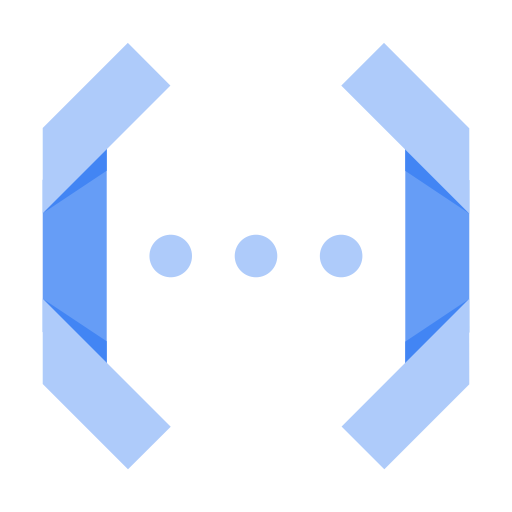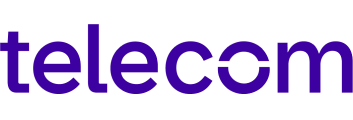Cloud Run functions
You bring the code, we handle the rest by making it simple to build and easy to maintain your platform.
All customers get two million requests and more for free per month. New customers also get $300 in free credits.
Deploy Google-recommended solutions that use AI and Cloud Run functions to analyze and annotate images and summarize large documents
Build and deploy your first cloud function using only your web browser with this quickstart
Serve users from zero to planet-scale without even thinking about any infrastructure
See how customers design applications using event-driven architectures with Cloud Run functions
Key features
Key features
Simplified developer experience and increased developer velocity
Cloud Run functions has a simple and intuitive developer experience. Just write your code and let Google Cloud handle the operational infrastructure. Develop faster by writing and running small code snippets that respond to events. Streamline challenging orchestration problems by connecting Google Cloud products to one another or third-party services using events.
Pay only for what you use
You are only billed for your function’s execution time, metered to the nearest 100 milliseconds. You pay nothing when your function is idle. Cloud Run functions automatically spins up and backs down in response to events.
Avoid lock-in with open technology
Use open source FaaS (function as a service) framework to run functions across multiple environments and prevent lock-in. Supported environments include Cloud Run, local development environment, on-premises, and other Knative-based serverless environments.
Customers
Learn from customers using Cloud Run functions
Documentation
Documentation
Use cases
Use cases
Integration with third-party services and APIs
Use Cloud Run functions to surface your own microservices via HTTP APIs or integrate with third-party services that offer webhook integrations to quickly extend your application with powerful capabilities, such as sending a confirmation email after a successful Stripe payment or responding to Twilio text message events.

Serverless mobile backends
Use Cloud Run functions directly from Firebase to extend your application functionality without spinning up a server. Run your code in response to user actions, analytics, and authentication events to keep your users engaged with event-based notifications and offload CPU- and networking-intensive tasks to Google Cloud.

Serverless IoT backends
Use Cloud Run functions fully managed services to build backends for Internet of Things (IoT) device telemetry data collection, real-time processing, and analysis. Cloud Run functions allows you to apply custom logic to each event as it arrives.

Real-time file processing
Execute your code in response to changes in data. Cloud Run functions can respond to events from Google Cloud services, such as Cloud Storage, Pub/Sub, and Cloud Firestore to process files immediately after upload and generate thumbnails from image uploads, process logs, validate content, transcode videos, validate, aggregate, and filter data in real time.

Real-time stream processing
Use Cloud Run functions to respond to events from Pub/Sub to process, transform, and enrich streaming data in transaction processing, click-stream analysis, application activity tracking, IoT device telemetry, social media analysis, and other types of applications.

Virtual assistants and conversational experiences
Easily build artificial intelligence into your applications. Cloud Run functions with Cloud Speech API and Dialogflow can extend your products and services with voice- and text-based natural conversational experiences that help users get things done. Connect with users on Google Assistant, Amazon Alexa, Facebook Messenger, and other popular platforms and devices.

Video and image analysis
Use Cloud Run functions with Video Intelligence API and Cloud Vision API to retrieve relevant information from videos and images, enabling you to search, discover, and derive insight from your media content.

Sentiment analysis
Use Cloud Run functions in combination with Cloud Natural Language API to reveal the structure and meaning of text and add powerful sentiment analysis and intent extraction capabilities to your applications.

All features
All features
| Connects and extends services to build complex applications | Cloud Run functions lets you treat all Google and third-party cloud services as building blocks. Connect and extend them with code, and rapidly move from concept to production with end-to-end solutions and complex workflows. Further, integrate with third-party services that offer webhook integrations to quickly extend your application with powerful capabilities. |
| End-to-end development and diagnosability | Go from code to deploy, with integrated monitoring. Get full observability and diagnosability for your application with Cloud Trace. Additionally, get support for local and disconnected development/debugging using open sourced functions framework. |
| Develop locally, scale globally | Serve users from zero to planet-scale without even thinking about any infrastructure. Cloud Run functions automatically manages and scales underlying infrastructure with the size of workload. |
| No server management | Deploy your code and let Google run and scale it for you. Cloud Run functions abstracts away all the underlying infrastructure, so that you can focus on your code and build applications faster than ever before. |
| Runs code in response to events | Cloud Run functions allows you to trigger your code from Google Cloud, Firebase, and Google Assistant, or call it directly from any web, mobile, or backend application via HTTP. |
| Pay only for what you use | You are only billed for your function’s execution time, metered to the nearest 100 milliseconds. You pay nothing when your function is idle. Cloud Run functions automatically spins up and backs down in response to events. |
| Avoid lock-in with open technology | Use open source FaaS (function as a service) framework to run functions across multiple environments and prevent lock-in. Supported environments include, Cloud Run, local development environment, on-premises, and other Knative-based serverless environments. |
Pricing
Pricing
Cloud Run functions is priced according to how long your function runs, how many times it's invoked, and how many resources you provision for the function.
All customers get 2 million invocations, 5 GiB of outbound data transfer and 400,000 GB-seconds, 200,000 GHz-seconds of compute time for free per month. Outbound data to Google APIs in the same region and inbound data transfer are free with no usage limits.
Take the next step
Start building on Google Cloud with $300 in free credits and 20+ always free products.
Need help getting started?
Contact salesWork with a trusted partner
Find a partnerContinue browsing
See all products


















